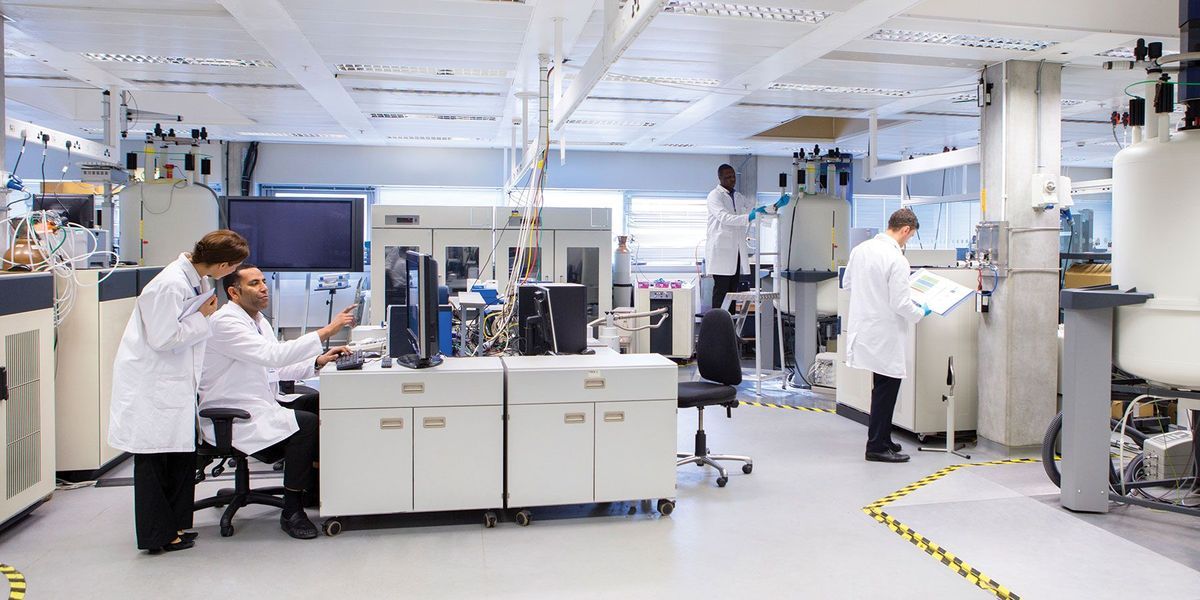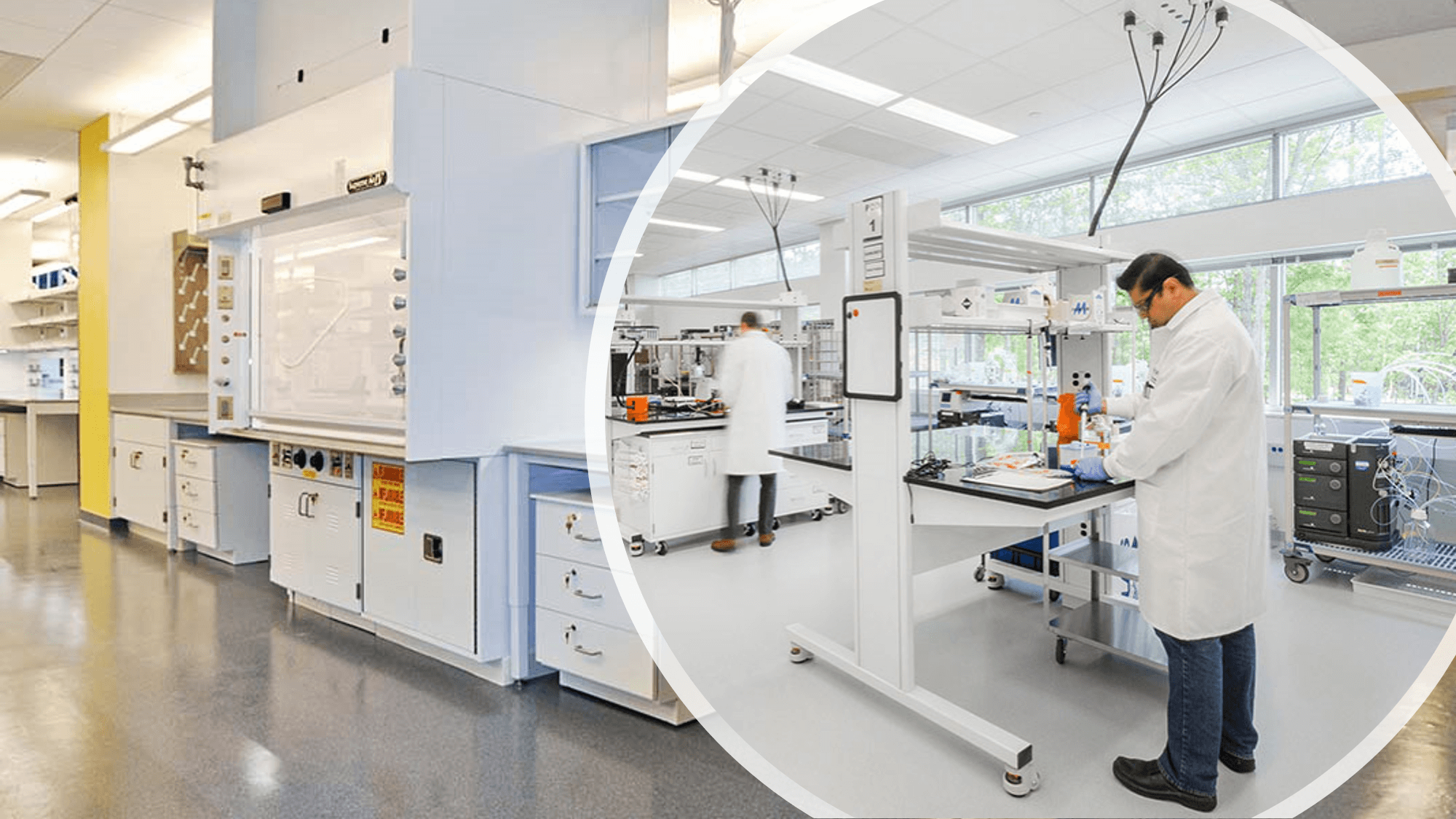The laboratory is one of the most important places in the educational process, from elementary schools through colleges and universities, and even beyond graduation when working in production, processing, and other fields. Due to the significance of existing laboratories, many different users have a big impact on how they are administered, both directly and indirectly. The management of a laboratory varies according to its size, importance, capacity, rate of utilization, and other considerations. The range of laboratory research equipment Malaysia has donated, however, makes it challenging to keep track of the applications for each piece of equipment. We never know what will happen in a lab, therefore it’s crucial to be aware of emergency supplies. It’s important for us to know when in the lab.
Definition of Laboratory Equipment
Equipment used in laboratories includes any tools, apparatus, materials, or appliances that are used, intended for use, or designed for use in the production of any hazardous drug and/or controlled precursor and/or necessary chemical. Examples include reaction vessels, preparative/purifying equipment, fermenters, separatory funnel flasks, heating mantles, and gas generators, or their substitutes.
Emergency Equipment
You must be familiar with the tools and be aware of them in case of an emergency.
Eyewash Station
Everyone who works in a lab should be aware of where and how to use an eyewash station to remove any compounds with unknown levels of hazard from the eyes after exposure to volatile, caustic, or other chemicals.
Emergency Showers
All lab users must be aware of where the emergency restrooms are located and how to use them. The position is on the ground floor of the left and right wings, close to the media processing lab (near the molecular biology lab). No obstacle is in the way of any lab user getting to the station.
First Aid Kit
There are first aid kits in every laboratory. The person in charge of the room/laboratory keeps an eye on this box (OBT). This First Aid Box’s location should be known to all users of the lab.
Firefighting apparatus
In laboratories, the following fire extinguisher types are widely used:
- Type BC or ABC pressurized dry chemical fire extinguishers, carbon dioxide
- Dry powder of class D for use in metal fires. The chemical laboratory does not allow the use of water-filled fire extinguishers.
Every laboratory has these fire extinguishers, and everybody who uses a laboratory should be aware of how to use one and which kind to use in the event of a fire.
Emergency medicine boxes
Emergency medical supplies must be available in every laboratory. The contents of the medicine cabinet need to be regularly evaluated to make sure the medication is adequate and has not yet expired. The medication should only be provided in the event of a small injury or an emergency treatment, according to laboratory professionals who must be familiar with its use. Patients must receive care at a clinic or hospital for major accidents.
All parties must put rules and safety precautions first and follow them. There should be periodic inspections of the laboratory, its furnishings, and its personnel. It is necessary to share and accept responsibility for safety in order to achieve the proper level of safety.


